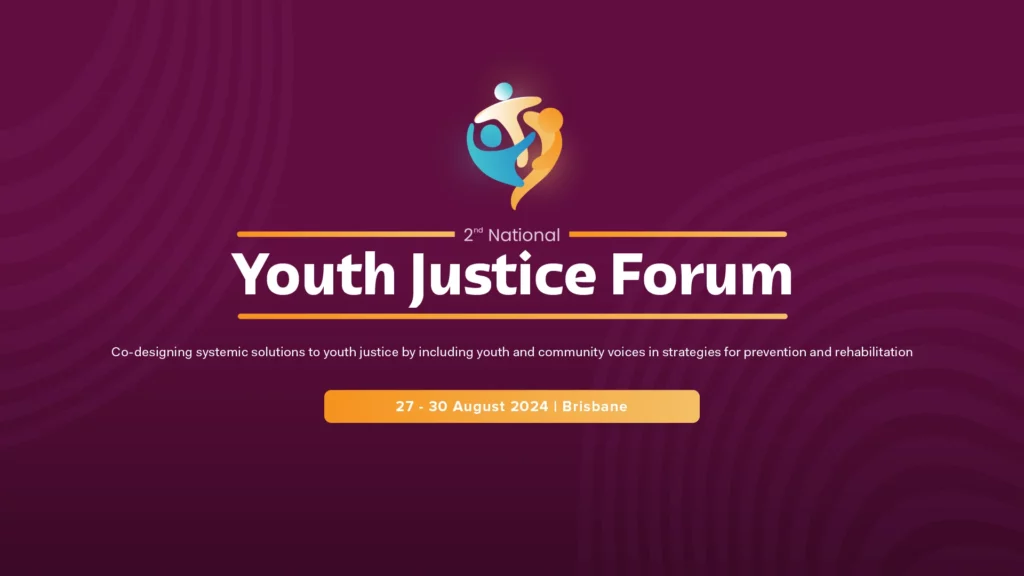THE CEOs
- Toby Hall is the CEO of Mission Australia, which generated over $300 million in revenue in the 2011–12 financial year.
- Susan Murray is the CEO of Suicide Prevention Australia. Previously, she was CEO of the National Breast Cancer Foundation (NBCF) and was responsible for growing income from $1 million per year to
$20 million per year over ten years.
- Youth Support and Advocacy Service CEO Paul Bird has managed the finance and operations of the Brotherhood of St Laurence and Australian Red Cross Blood Service.
What does a not-for-profit (NFP) organisation need to consider before investing in a new revenue stream?
Hall: Key considerations include:
- The strategic alignment of the potential revenue stream
- Your organisation’s capacity to deliver
- The influence of external factors on your revenue stream
- Compliance obligations and required resources.
Murray: New income streams are few and far between but if such an opportunity comes your way, ask yourself the following questions:
- How does this opportunity fit with the organisation mission and brand?
- What level of disruption might this opportunity bring about in the business?
- What cost will it incur financially and in terms of human and physical resources?
- Are we expecting a profit and if so how long will it take to turn a profit?
- Will the social return on investment bring added benefits to the organisation and if so what value do we place on that return?
Bird: The integrity of the service comes first. If the NFP can clearly demonstrate the needs they are responding to; the nature and effectiveness of their response, including outcomes or impact; and the partnerships they have developed to do so, then the identification of their potential revenue sources follows.
It is always easier to build on existing revenue sources and associated relationships. Otherwise NFPs risk being fundraising or donor-led, which can create longer term financial sustainability issues.
What financial management advice can you give to NFPs managing multiple revenue streams?
Hall: Keep it simple. Link each revenue stream to a strategic goal, outcome or reason for your existence as an organisation.
In addition, clearly define who is accountable for what and make sure that each ‘revenue stream owner’ understands their accountability. Get this right and you will avoid unproductive internal debates and can focus on the real value creation opportunities.
Murray: Diversifying income should be a key strategy for most NFPs. Being reliant on a single source of income brings significant risk to an organisation because it can cease in a single moment for a range of reasons.
Try to ensure that total income is apportioned across different categories, weighted for risk and scheduled across the year to build a strong and sustainable financial platform.
Bird: Establishing a level of revenue that funds a core service is important to manage risk and ensure that the focus stays on raising or managing that revenue stream. Additional revenue gained can then be utilised for pilots, trials and short term projects that can meet a specific need or lead to recurrent funding.
Do you have a revenue success or horror story you would like to share?
Hall: Mission Australia has had great success in developing our social enterprises, which are notoriously difficult initiatives to get off the ground. In particular, Soft Landing, which recycles 120,000 mattresses each year and employs 40 people with a history of long term unemployment, mental illness, disability and homelessness. The business expanded beyond its initial base in Bellambi, to cover the whole of Sydney.
Murray: In 2002, the NBCF published Pink Ribbon magazine, which became the catalyst for exponential growth of cause-related marketing in Australia. The magazine opened the door to speak with corporates in their own language – advertising – and it had the added benefit of supporting breast cancer research, which is close to their customers’ hearts.
With an agreement to advertise came the opportunity to up-sell their involvement and develop a cause-related marketing program, promoted through their advertisement in the magazine. It was then NBCF’s responsibility to build the relationship with the company and bring them on as a fully-fledged corporate partner.
Bird: I learnt much from Bishop Michael Challen at the Brotherhood of St Laurence. Despite the heavy workload of a CEO of a large NFP, he had a policy of always signing donation receipt letters, sending cards to bequestors, visiting major donors for a cup of tea and speaking to corporates, supporters and groups every week. I saw the importance of the personal passion, time and energy of the CEO in engaging and cultivating supporters.
What strategies can you give to NFPs looking to attract new donors and sponsors?
Hall: Good relationships are built on transparency, communication and authenticity. You can’t manufacture these attributes. They need to be embraced by your entire organisation and inform everything you do. Talk to your new donors and partners about the issues that interest them, engage them in how they can make a difference and seek a relationship that is deeper than just a one way financial exchange.
Murray: NFPs looking to attract new donors and sponsors should:
- Build their profile. If people know who you are and what you do they can choose to support you
- Provide feedback in a manner that is relevant and comprehensible
- Explore opportunities to work with other like-minded organisations and ensure supporters know you are doing this. Business and the wider community like to see NFPs working together.
Bird: While many NFPs are looking for the next great fundraising event to capture the imagination and purses of the Australian public, the tried and tested and cost effective forms of fundraising shouldn’t be discounted, including pledge programs, bequests and workplace giving.
What are your top tips for keeping donors and sponsors happy?
Hall: The stronger your relationships are with supporters the happier all parties will be. Make sure you invest in relationship management both in terms of time and resources. In addition, make sure the way you ‘manage’ those relationships resonates with your supporters; and be sensitive to the regularity and style of contact with donors, talk to them about the issues that interest them.
In 2013 people don’t want to simply support a brand. They want to be connected and they expect to be informed. They want a relationship and they want accountability.
Murray: One of the most rewarding and humbling experiences of being a CEO is getting to know who your supporters are and why they chose to support your organisation. Investing in these relationships can turn them into long-term supporters. The same goes for business partners. Talk to them, determine mutual alignments, think creatively about how the company can use their resources to benefit your mission and ensure you create relationships across multiple touch points involving interactions between board members, management, staff and even suppliers and customers.
Bird: People may give to a NFP based on their name and reputation but ultimately it is the relationship developed between the NFP staff and the donor or sponsor that enables the giving to be sustained and grow. This takes time, good interpersonal skills and a range of communication channels depending on how the donor or sponsor wants to be reached.
What is the best piece of revenue advice you have received?
Hall: You can’t please everyone all the time, so don’t try to be a jack of all trades otherwise you’ll master nothing. That means being very clear on your purpose and arranging your operations accordingly.
Murray: Spend less than you raise. Another consideration is to decide if you are a first-to-market organisation or a lead follower. Second-to-market can often learn from what has gone before.
Bird: The biggest risk is that we don’t take risks. While NFPs need to be good risk managers, they also need to develop a culture of innovation and experimentation. This will lead to a pipeline of projects, pilots and trials that enable better service approaches, especially as new evidence and partnership opportunities arise, and as community needs change. There also needs to be a learning culture that accepts that all innovations will evolve and may not succeed, at least in the
first instance.















































































































































